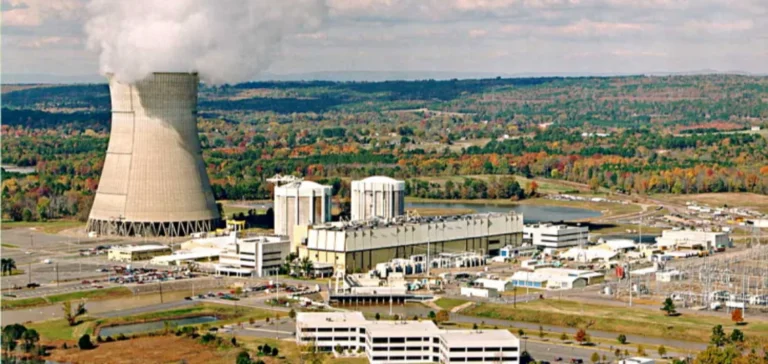The US state of Arkansas has launched a detailed study to assess the feasibility of developing new nuclear power generation capacity. Consultancy firm Excel Services Corporation, specialised in the energy sector, has been selected to lead this strategic evaluation as part of a broader reflection on the state’s future energy options.
A mission focused on technological and economic capacity
The scope of the study assigned to Excel Services includes a detailed assessment of the benefits and limitations of nuclear energy in the specific context of Arkansas. The analysis will consider several technology scenarios, including large-scale reactors, Small Modular Reactors (SMR), and micro-reactors. The firm will also assess infrastructure requirements such as transmission and transport networks, safety protocols, and the potential impact on employment and local industrial activity.
A structured ten-month assessment
Excel Services will deliver its initial findings in the coming months, with a final report scheduled at the end of the ten-month period. According to Donald Hoffman, President and Chief Executive Officer of the company, the assignment represents an opportunity to align nuclear capacity with the state’s economic development needs. He stated that the study aims to provide a decision-making foundation that is “both practical and focused on industrial realities”.
A strategy backed by local authorities
Representative Jack Ladyman stated that the initiative reflects a political commitment to obtaining a full assessment of the role of nuclear power in Arkansas’s energy mix. He indicated that the choice of Excel Services was based on its experience in the field. The study is intended to equip public decision-makers with “informed choices based on the most rigorous available analysis”.
An energy landscape shaped by an ageing plant
Arkansas currently hosts two pressurised water reactors located at the Arkansas Nuclear One site near the town of Russellville in Pope County. The plant, operated by Entergy, supplies approximately 24% of the state’s electricity. The two units are licensed to operate until 2034 and 2038 respectively, providing a time window for evaluating new nuclear capacity projects.






















